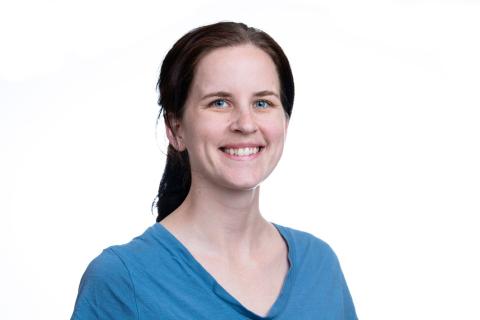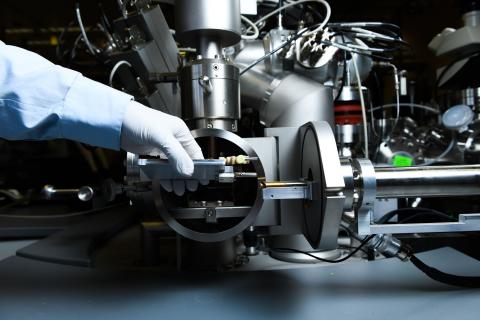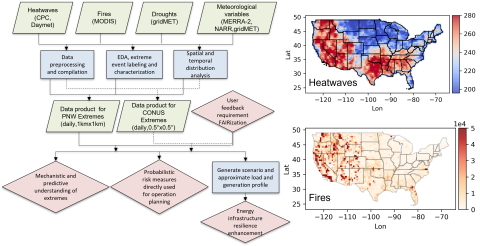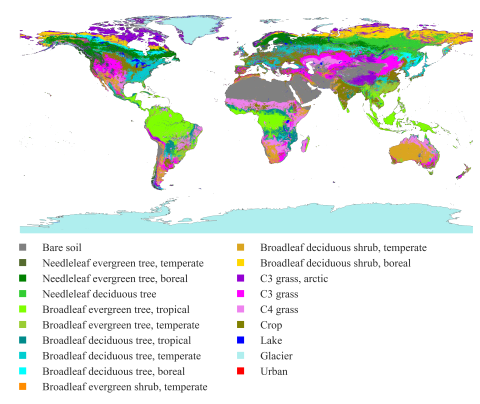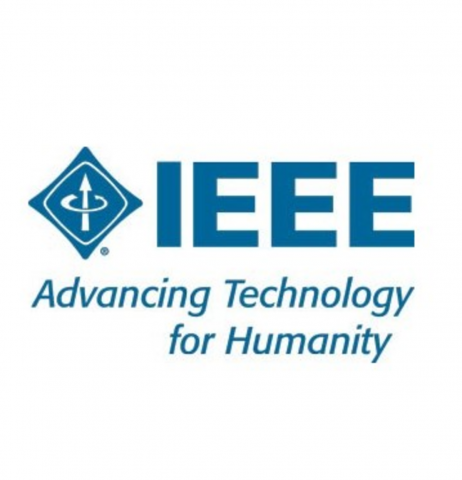Biography Young-Mo Kim is a senior bioanalytical chemist at PNNL. He received his PhD from Pohang University of Science and Technology in the School of Environmental Science and Engineering, studying analysis of metabolites during the bacterial and fungal degradation of xenobiotic substrates using...
Filter results
Category
- (-) Computing & Analytics (14)
- (-) Chemistry (10)
- (-) Coastal Science (4)
- Scientific Discovery (307)
- Biology (198)
- Earth System Science (136)
- Human Health (102)
- Integrative Omics (73)
- Microbiome Science (42)
- Computational Research (23)
- National Security (21)
- Energy Resiliency (9)
- Data Analytics & Machine Learning (8)
- Materials Science (7)
- Visual Analytics (6)
- Chemical & Biological Signatures Science (5)
- Computational Mathematics & Statistics (5)
- Weapons of Mass Effect (5)
- Atmospheric Science (4)
- Ecosystem Science (4)
- Renewable Energy (4)
- Data Analytics & Machine Learning (3)
- Plant Science (3)
- Cybersecurity (2)
- Distribution (2)
- Electric Grid Modernization (2)
- Energy Efficiency (2)
- Energy Storage (2)
- Grid Cybersecurity (2)
- Solar Energy (2)
- Bioenergy Technologies (1)
- Computational Mathematics & Statistics (1)
- Grid Analytics (1)
- High-Performance Computing (1)
- Subsurface Science (1)
- Terrestrial Aquatics (1)
- Transportation (1)
- Wind Energy (1)
Content type
Tags
- Synthetic (5)
- Mass Spectrometry (3)
- Activity-Based Protein Profiling (1)
- Chemical Biology (1)
- Chemical Probes (1)
- Data inventory (1)
- Droughts (1)
- Enzymology (1)
- Extreme weather (1)
- Fires (1)
- Heatwaves (1)
- High-Performance Computing (1)
- Instrument Development (1)
- Machine Learning (1)
- Mass Spectrometer (1)
- metabolomics (1)
- ML/AI (1)
- Omics (1)
- PerCon SFA (1)
- Predictive Modeling (1)
- Protein Engineering (1)
- Proteomics (1)
- Structures for Lossless Ion Manipulations (1)
- Synthetic Biology (1)
- Synthetic Chemistry (1)
- ToF-SIMS (1)
Biography Dr. Smith's research interests span the development of advanced analytical methods and instrumentation, with particular emphasis on high-resolution separations and mass spectrometry, and their applications in biological and biomedical research. This has included creating and applying new...
Elise Van Fossen is a Post-Doctorate Research Associate in the Biological Sciences Division. Her research focuses on developing synthetic and chemical biology techniques for microorganism engineering.
Category
PerCon SFA, Co-Investigator Vivian Lin earned her PhD in organic chemistry from the University of California, Berkeley with Professor Chris Chang, developing fluorescent probes for imaging redox active small molecules. Afterward, she traveled to Switzerland for a postdoctoral fellowship in the...
Category
The IONTOF TOF.SIMS 5 data source is a time-of-flight secondary ion mass spectrometer and powerful surface analysis tool used to investigate scientific questions in biological, environmental, and energy research. Among the most sensitive of surface analysis tools, it uses a high-vacuum technique...
Category
Category
Extreme weather events, including fires, heatwaves(HWs), and droughts, have significant impacts on earth, environmental, and power energy systems. Mechanistic and predictive understanding, as well as probabilistic risk assessment of these extreme weather events, are crucial for detecting, planning...
This dataset presents land surface parameters designed explicitly for global kilometer-scale Earth system modeling and has significant implications for enhancing our understanding of water, carbon, and energy cycles in the context of global change. Specifically, it includes four categories of...
HDF5 file containing 10,000 hydraulic transmissivity inputs and the corresponding hydraulic pressure field outputs for a two-dimensional saturated flow model of the Hanford Site. The inputs are generated by sampling a 1,000-dimensional Kosambi-Karhunen-Loève (KKL) model of the transmissivity field...
ProxyTSPRD profiles are collected using NVIDIA Nsight Systems version 2020.3.2.6-87e152c and capture computational patterns from training deep learning-based time-series proxy-applications on four different levels: models (Long short-term Memory and Convolutional Neural Network), DL frameworks...
Category
Datasets
1
The year 2014 solution files are based on model calibration effort based on inputs and data from Year 2014 as described in Khangaonkar et al. 2018). It includes water surface elevation, currents, temperature and salinity at an hourly interval. These netcdf files with 24 hourly records include...
Category
This year’s VAST Challenge focuses on visual analytics applications for both large scale situation analysis and cyber security. We have two mini-challenges to test your analytical skills and confound your visual analytics applications. In the first mini-challenge, (the imaginary) BankWorld's largest...
Category
The VAST 2010 Challenge consisted of three mini-challenges (MC) and one Grand Challenge (GC). Each MC had a data set, instructions and a number of questions to be answered. The GC required participants to pull together information from all three data sets and write a debrief summarizing the...



